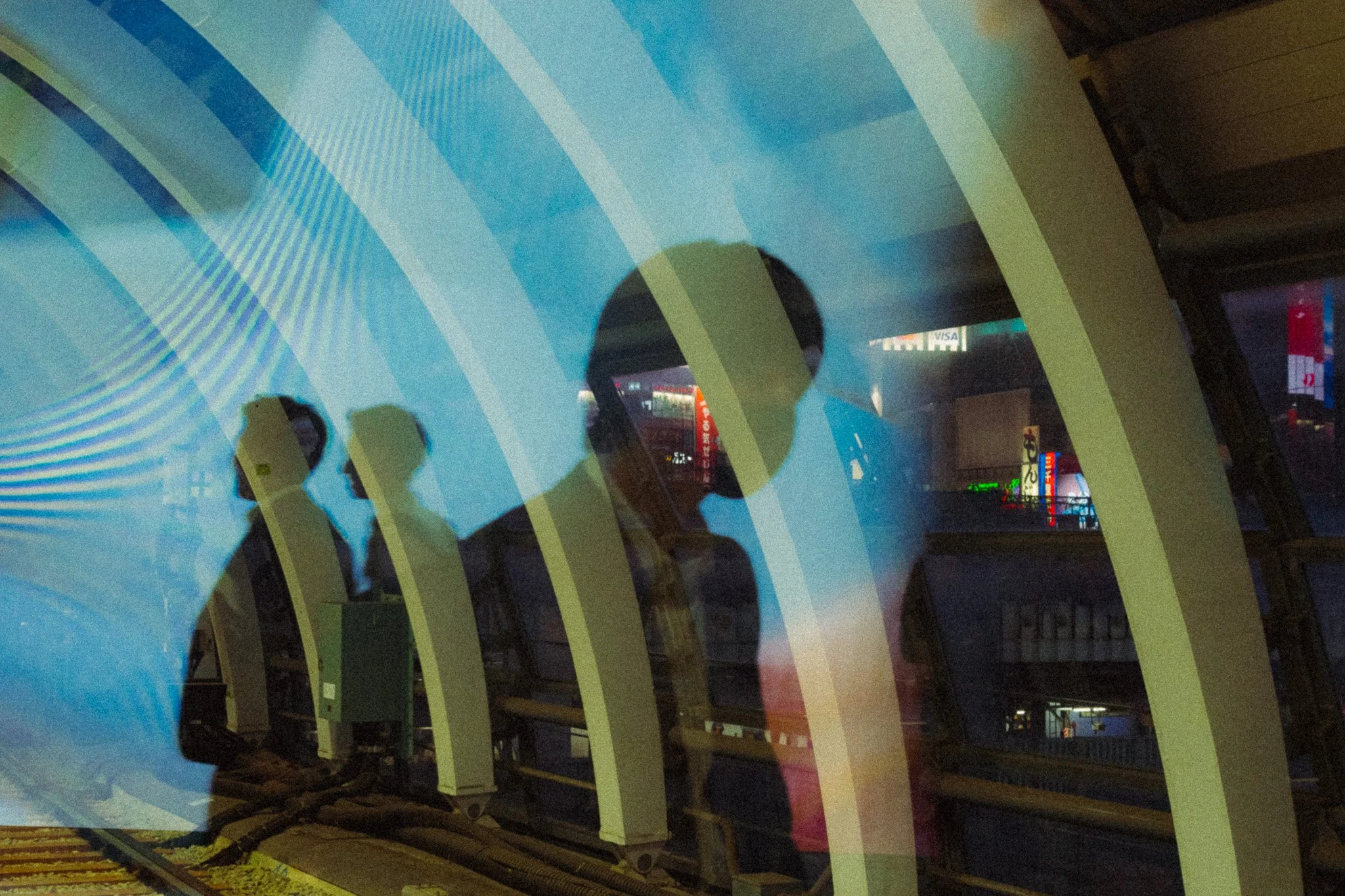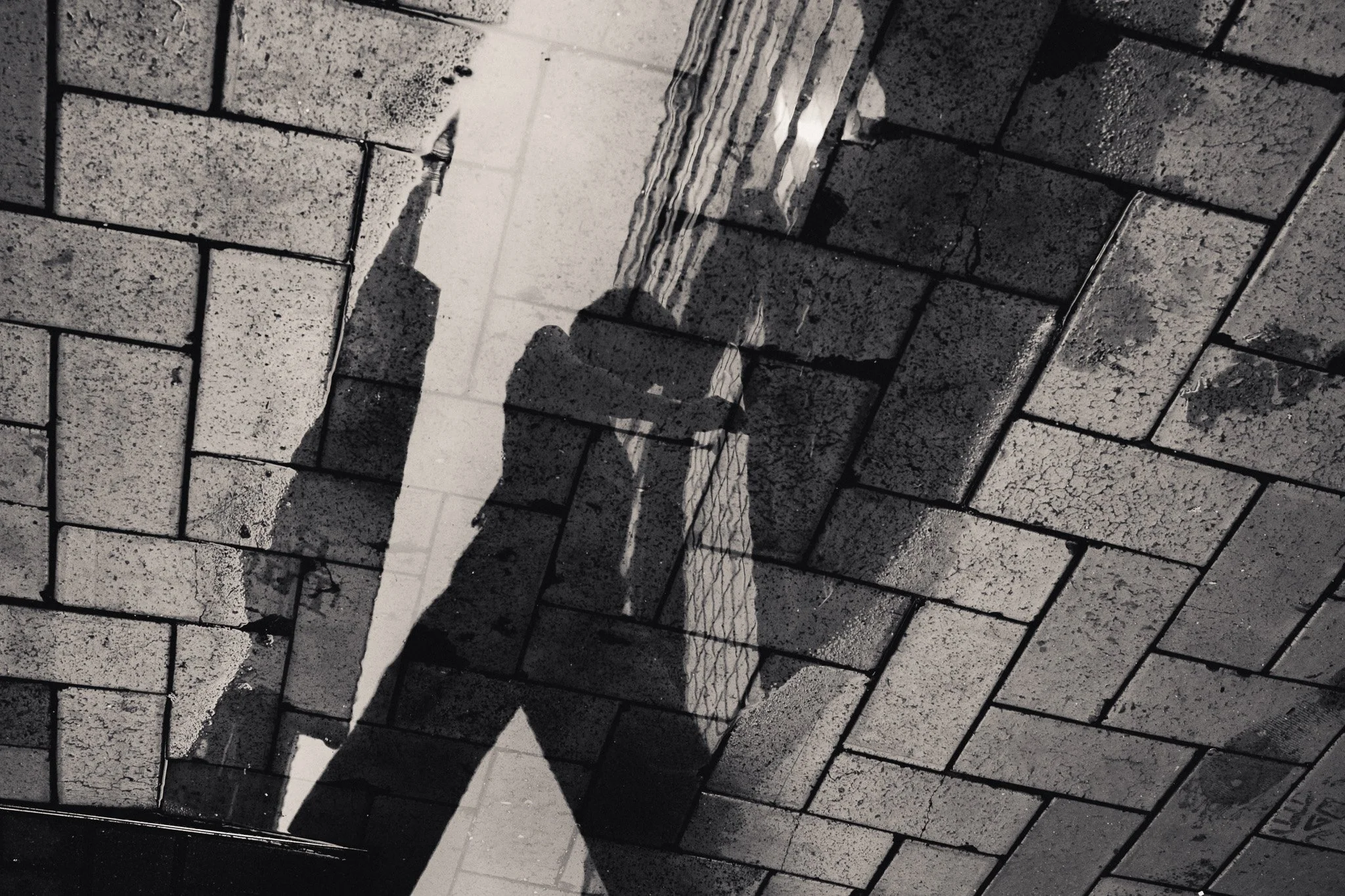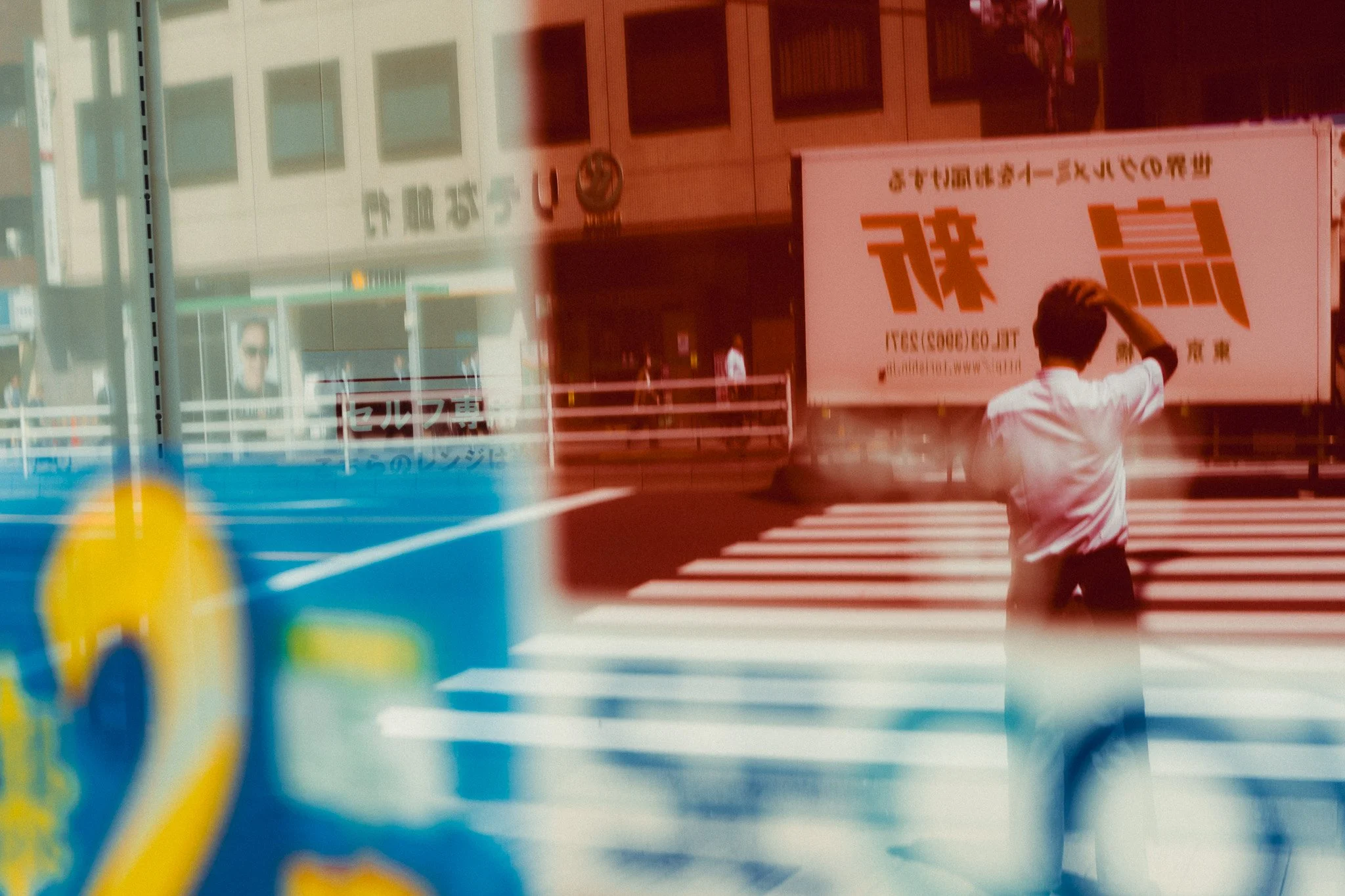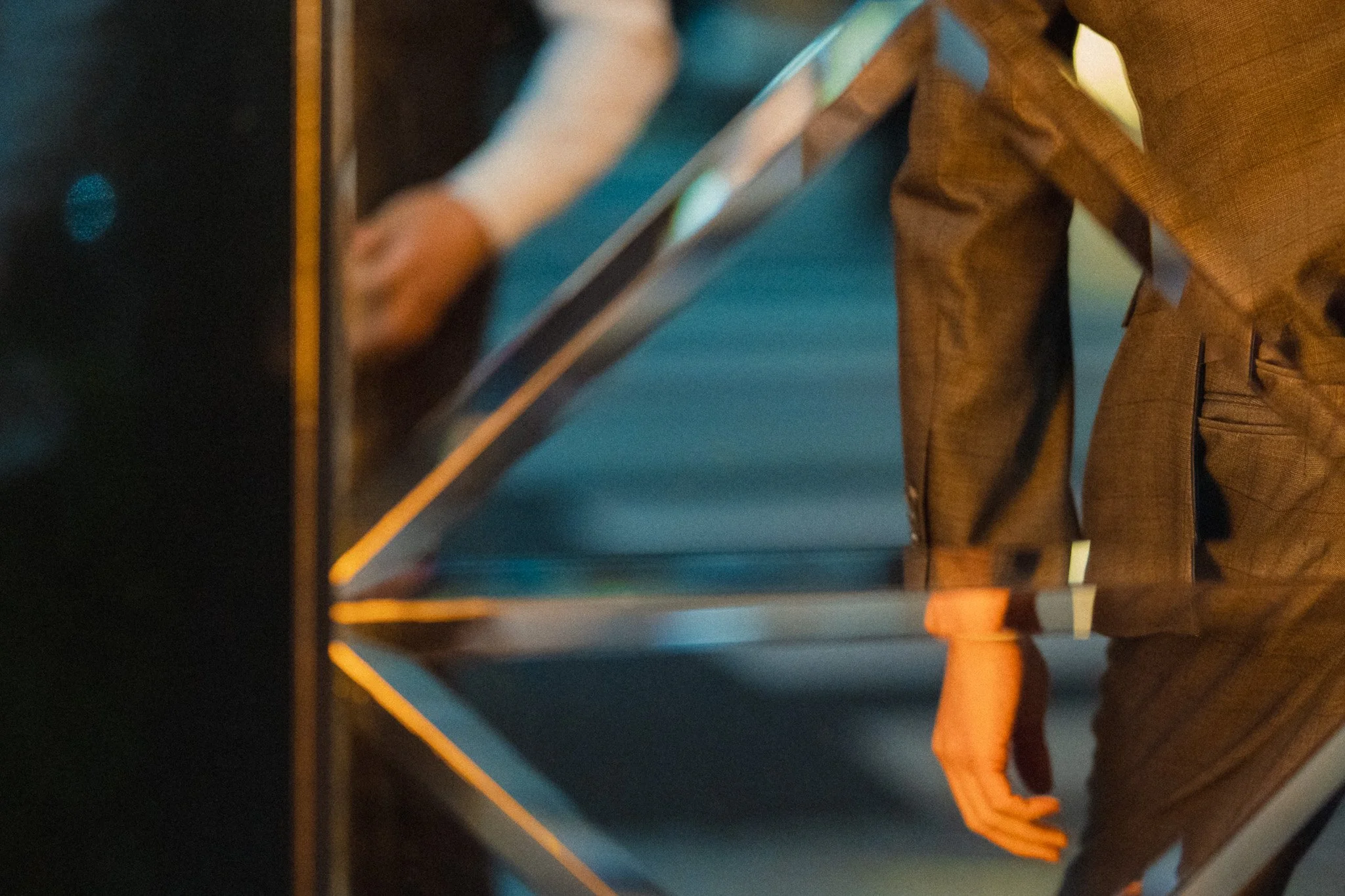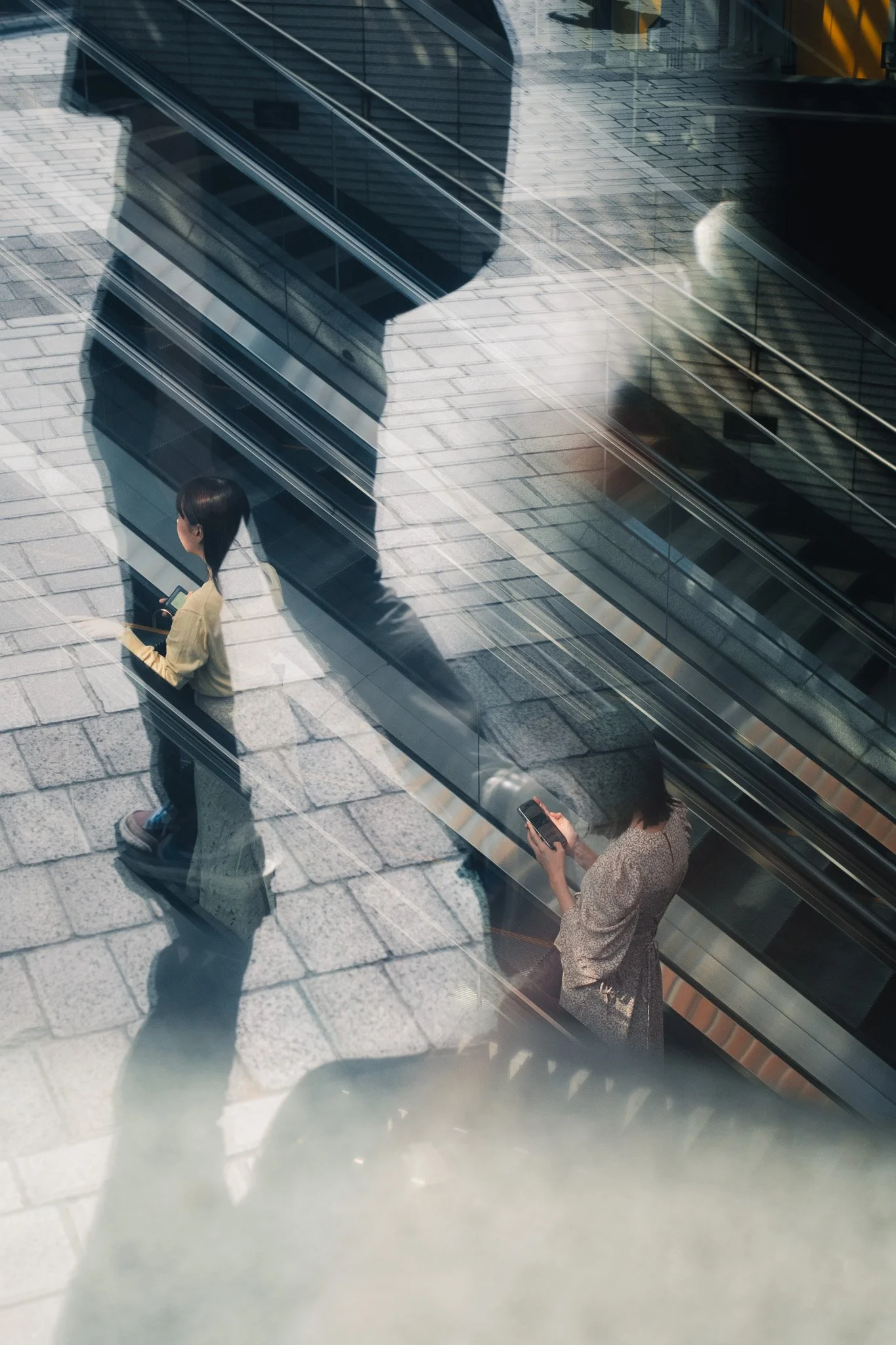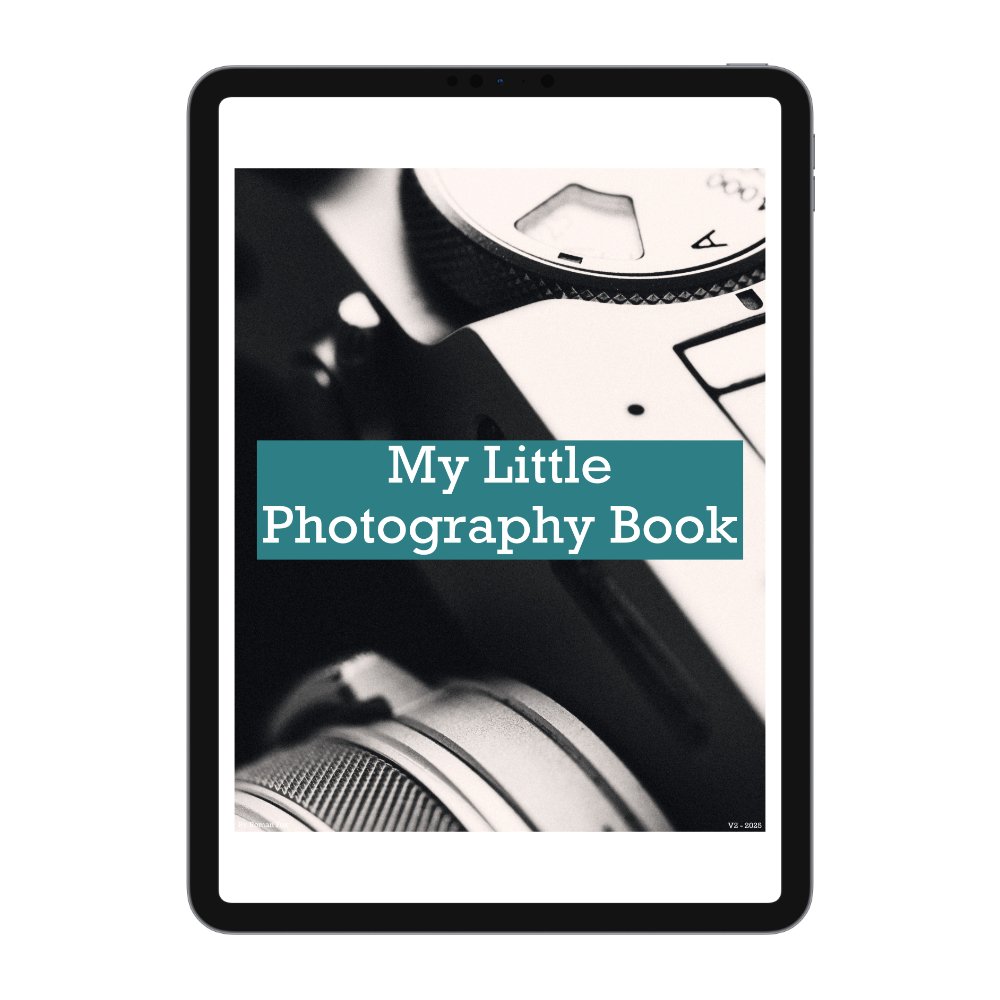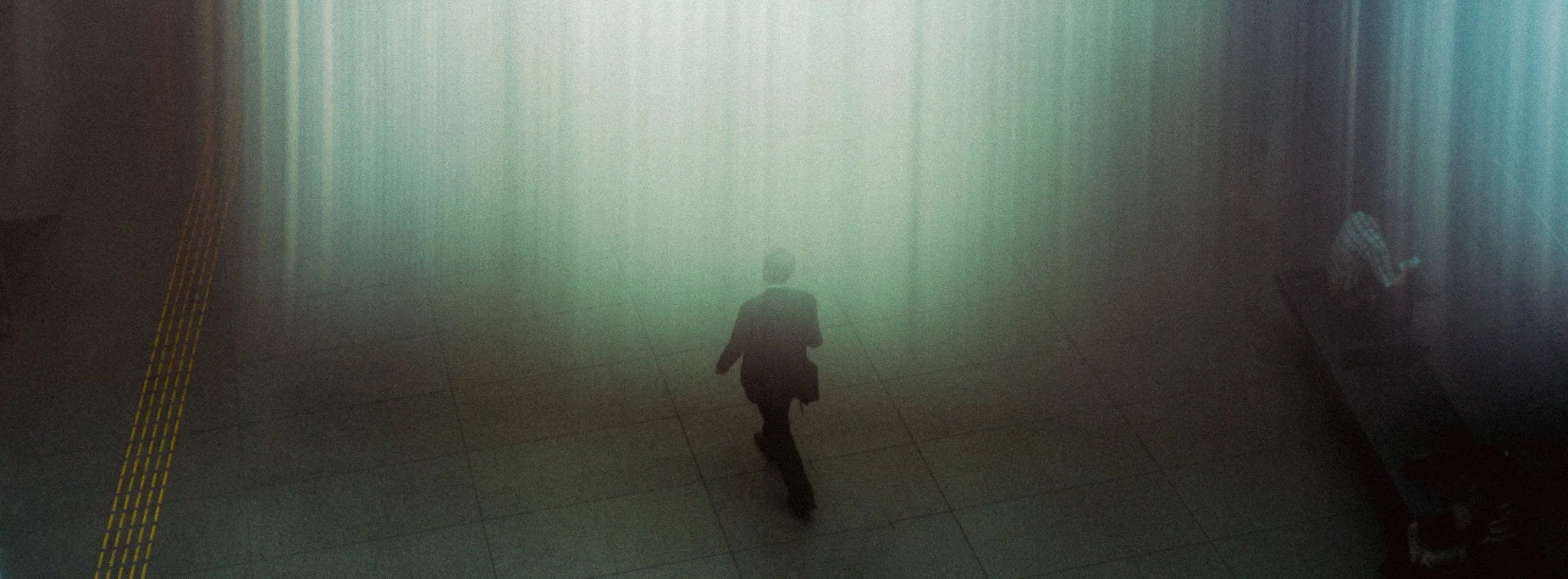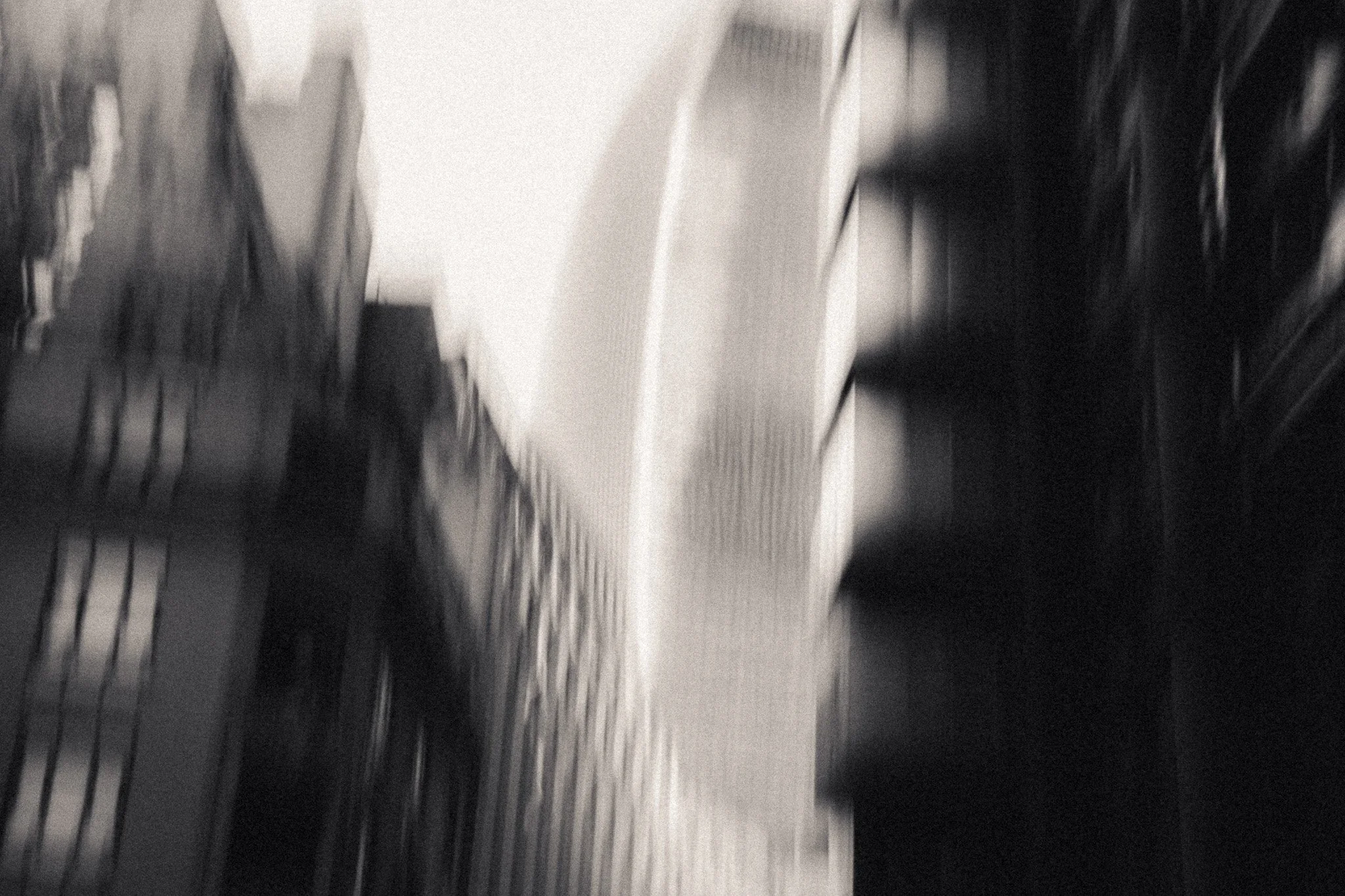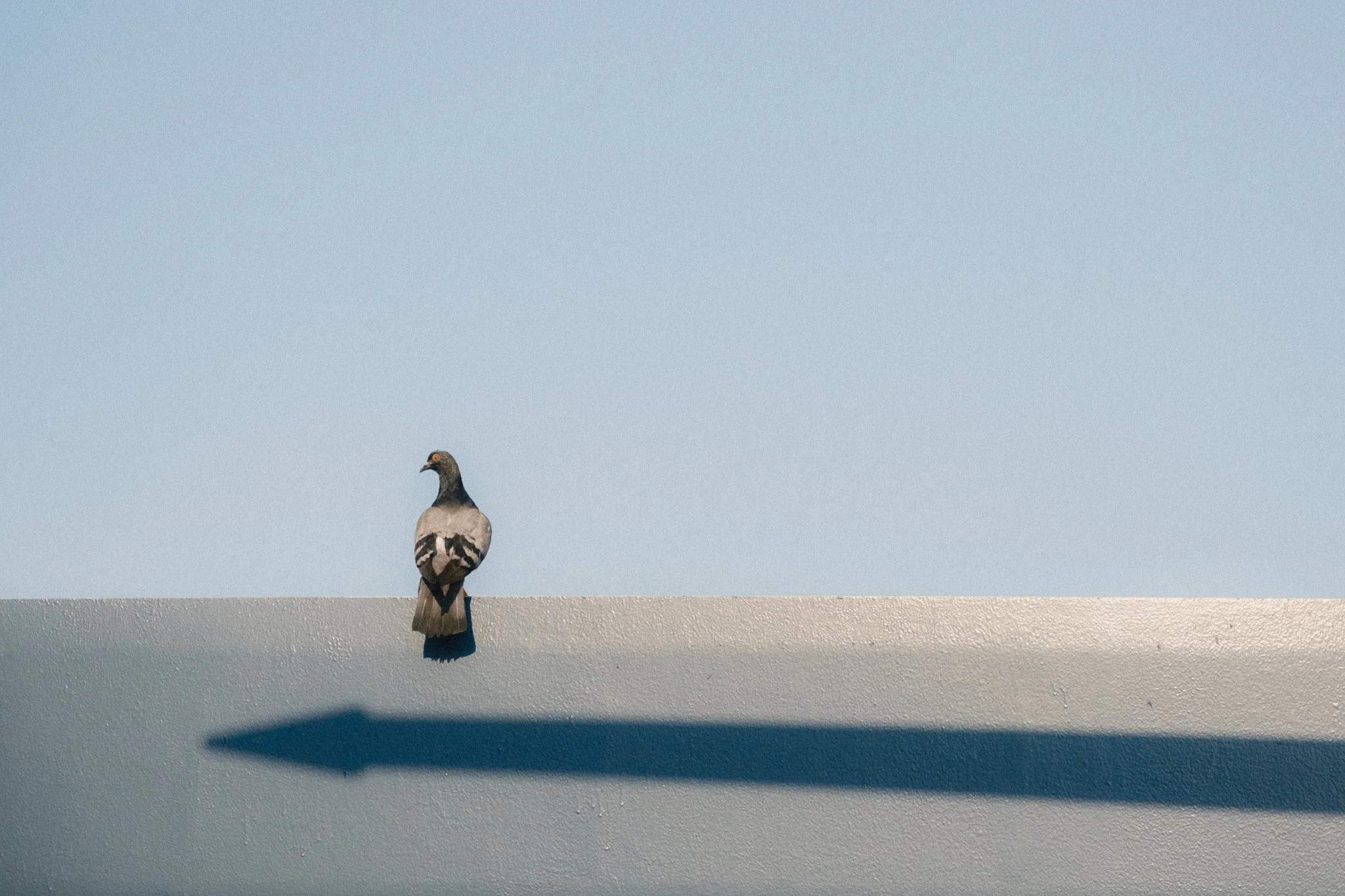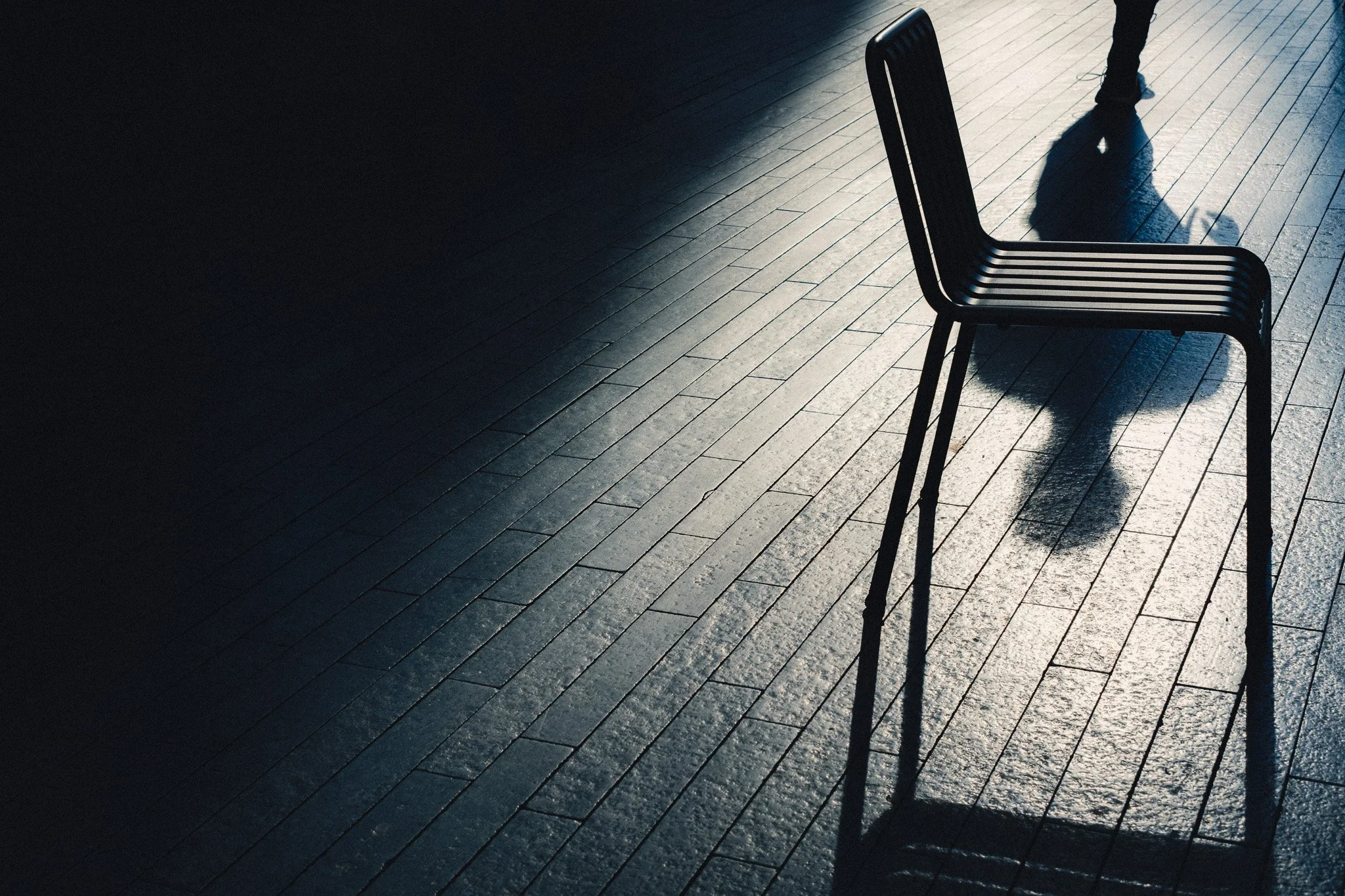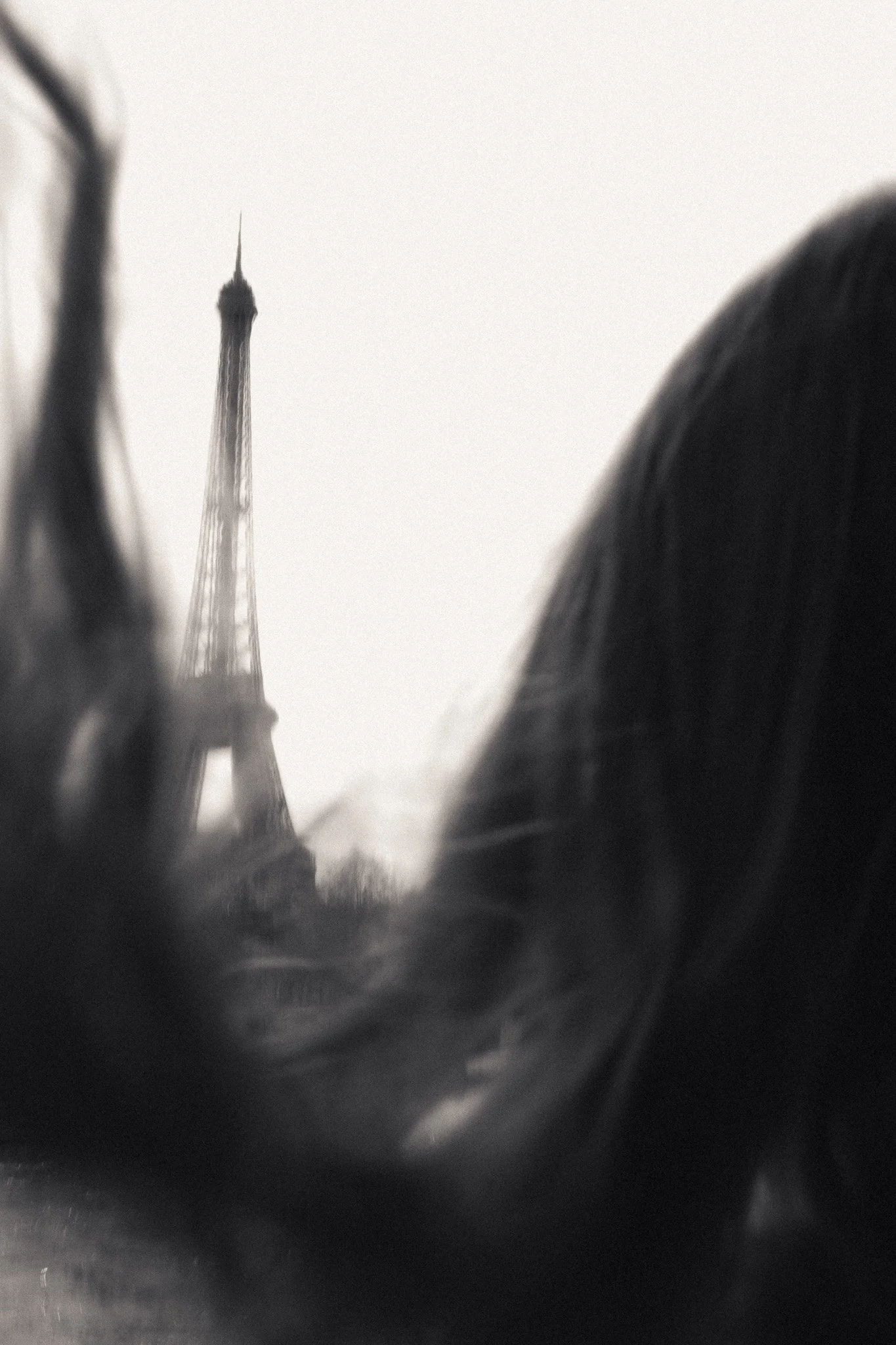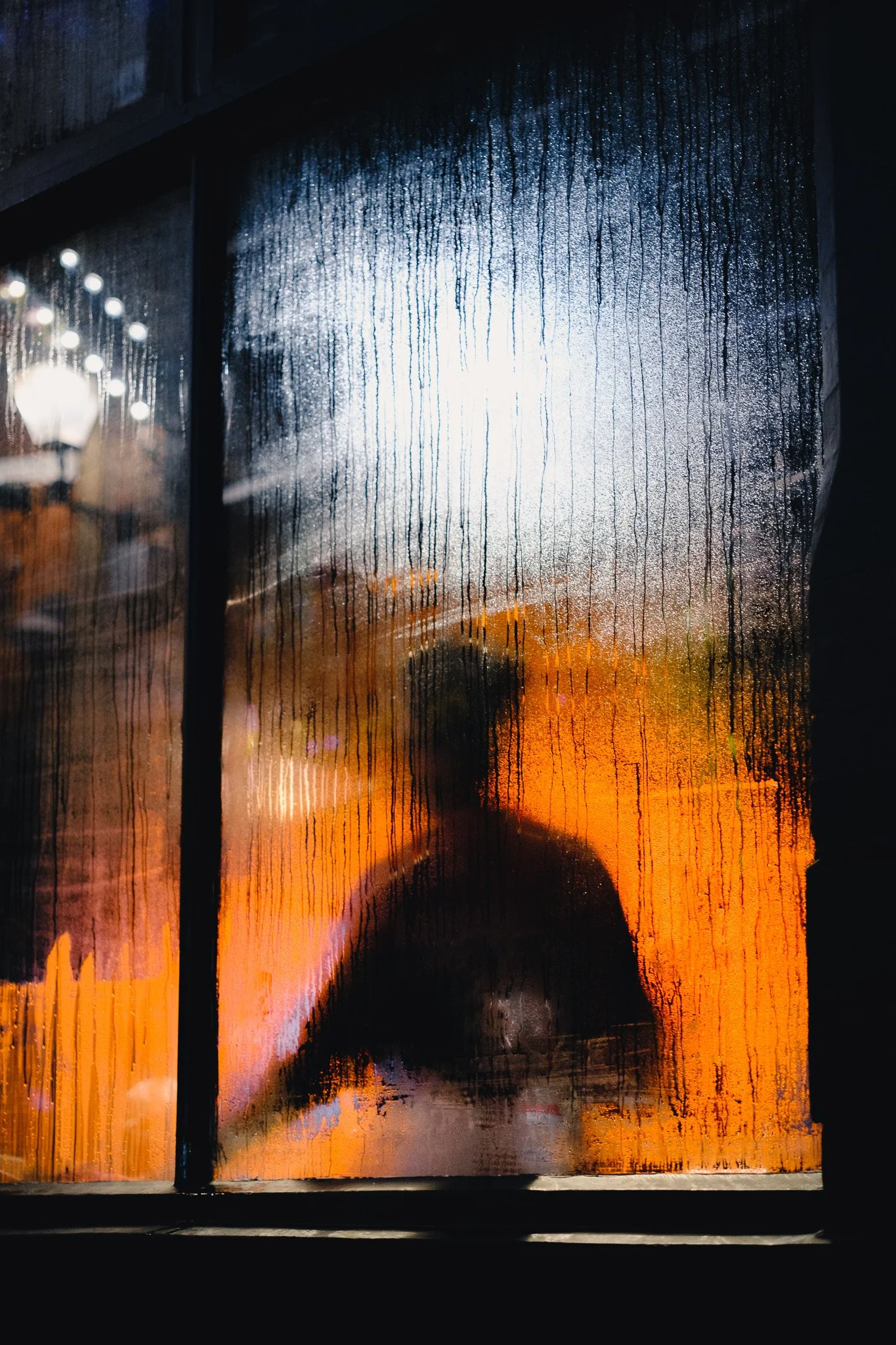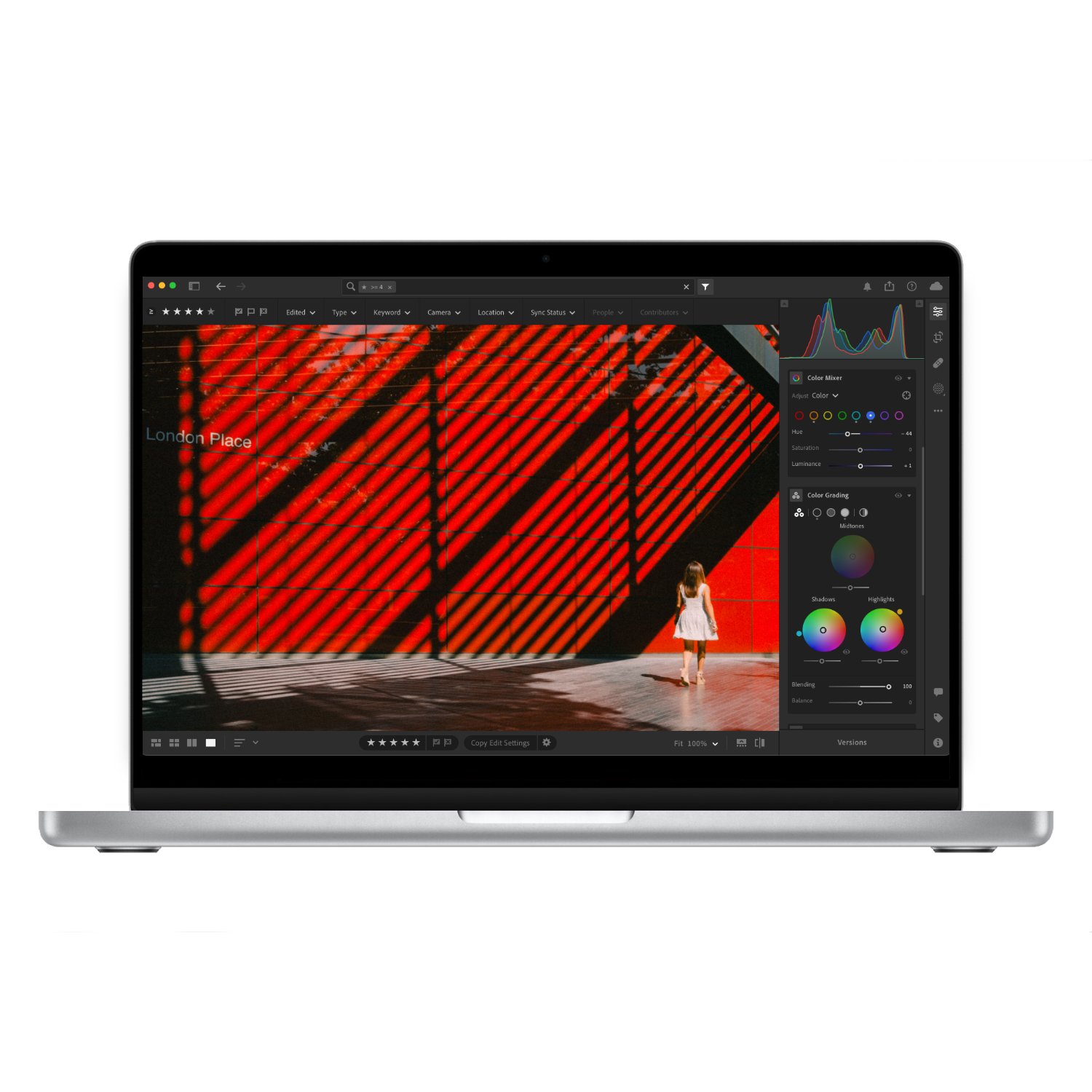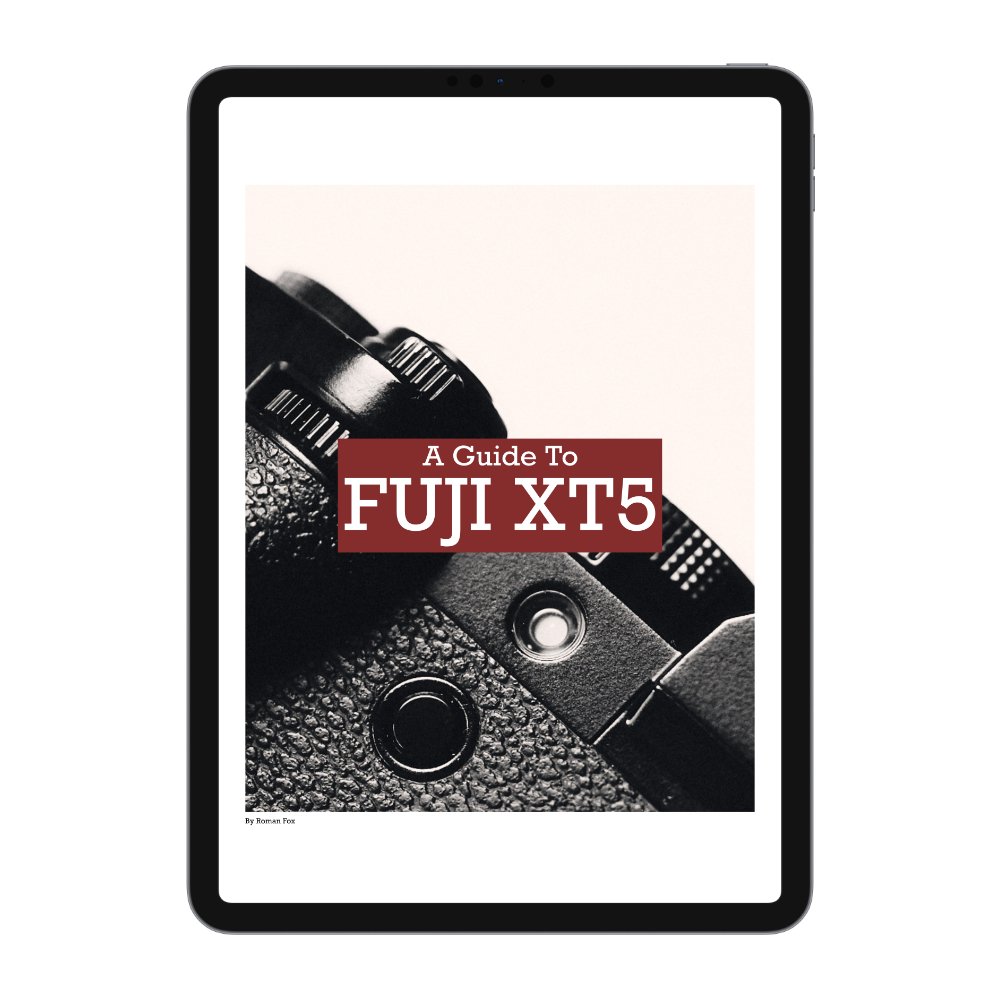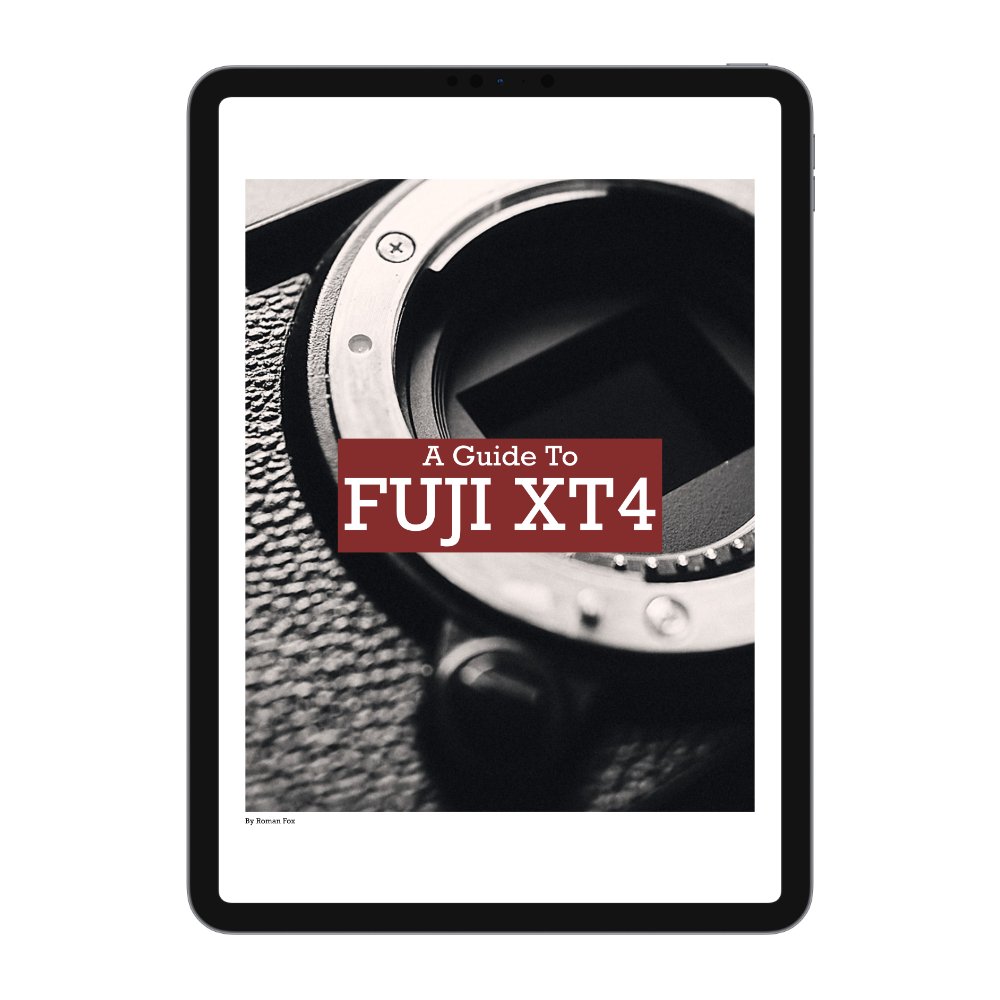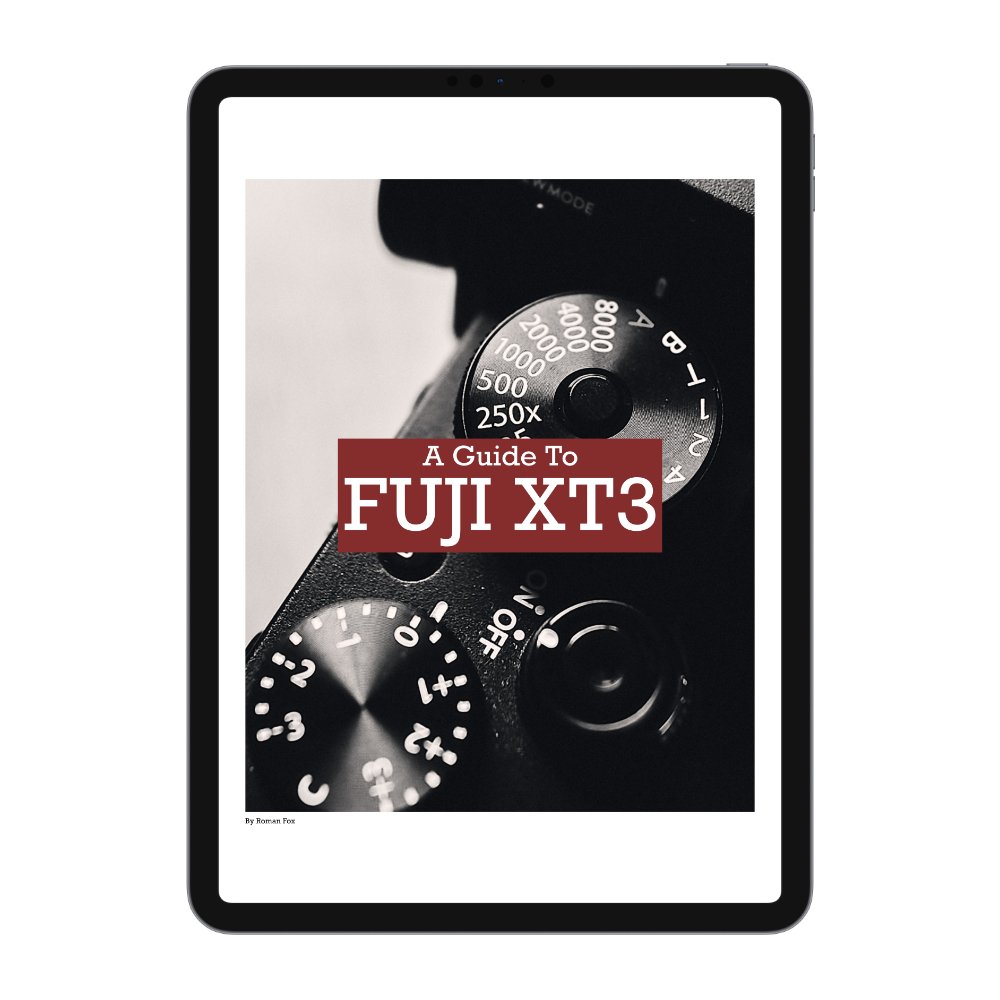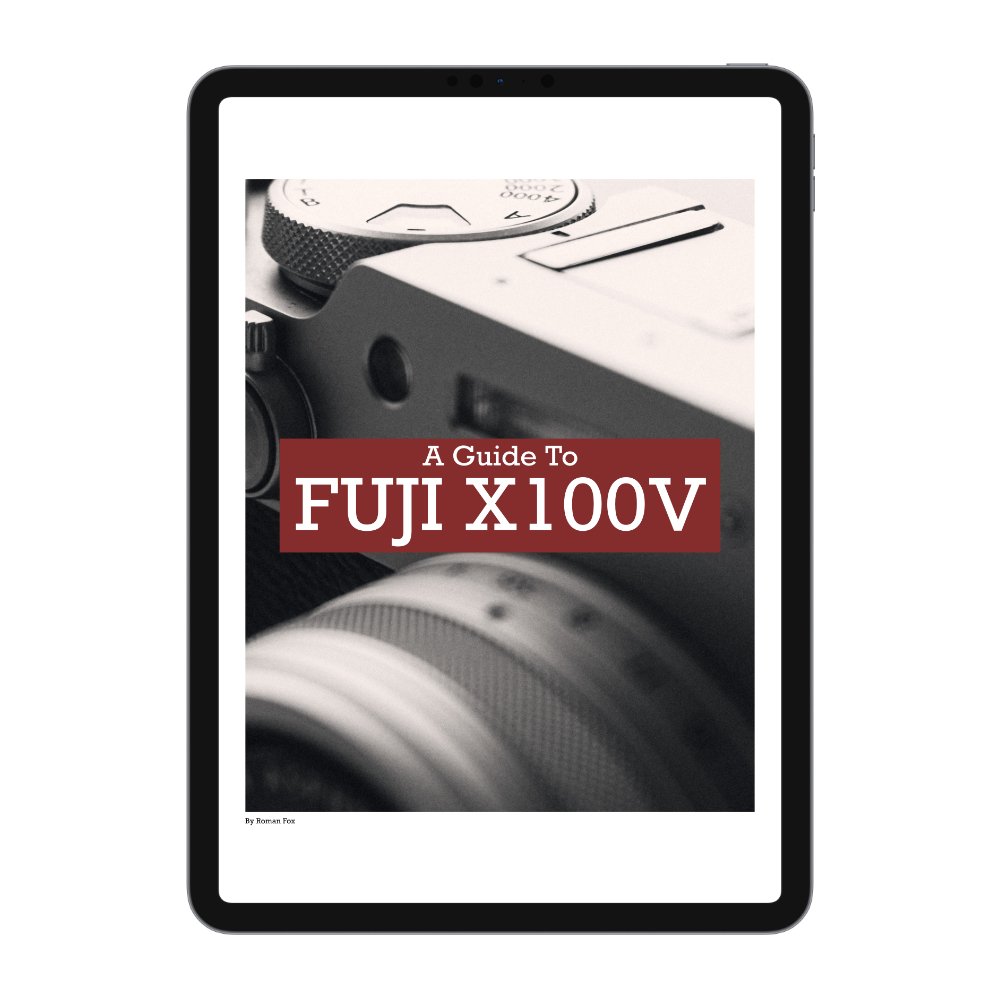Photography You Can Do Anywhere
One of the biggest prerequisites for a good photo is an interesting and clear subject.
In street photography this can be a person or a moment.
In travel photography this can be a beautiful scene or detail.
In landscape photography, this can be an epic mountain range or the calm of a desert.
In almost every genre of photography, you need a subject. However, this isn’t always possible.
What if there is no subject?
What if you’re not allowed to take photos of a specific subject?
What if the subject has already been photographed one million times and you want to find something unique?
What if you’re bored with your photography and feel like you’re always shooting the same thing?
What if you feel stuck?
This is where abstract photography might be the ticket you need to progress, at least in my experience. Let’s first define what abstract photography is, and then I will share with you practical and actionable things you can do today.
In short, abstract photography is a style of photography that focuses on visual elements more so than a clear subject. The visual elements include shapes, patterns, colour, texture, composition, motion blur, and much more. Abstract photos can remove context to have something truly unique, or they emphasise a specific element of the scene such as motion. There are no rules or guidelines, and I would argue that it’s the one form of photography that splits opinions the least. While photography itself is an art form, I believe abstract photography can at times blur the lines between photography and art more than any other genre. It’s not designed to document, it’s designed to create. Now let’s look at the most common aspects of abstract photography.
Reflection
As the name suggests, here you are looking for reflective surfaces where you can get reflections. This can include mirrors, puddles, windows, polished metal, glass, or anything that creates a reflection. Get creative with different compositions, subjects and experiment as much as you can. A common shot is a puddle flipped upside down or a reflection in a shop window.
Double Exposure
Double exposure can be done in camera or in editing. Personally, I prefer to do it using the scene and not creating it using a camera feature or in Photoshop. To do it using the scene, I am looking for a reflection in one part of the image, and something else happening in another. I would then compose so everything fits in, and then wait to align subjects or elements. This is incredibly time-consuming and entirely based on luck. Some days I get lucky, but more often than not, luck isn’t on my side.
If you’re finding this blog useful, please consider checking out My Little Photography Book. Everything I know about photography in a book that is updated for free with new information as time goes on. It also helps support this blog and keep it ad free.
Diffusion
Diffusion is when you are shooting through something that alters how things are perceived. An easy example is a plastic sheet you see in outdoor restaurants. Diffusion can also happen if you put your lens up against a surface and shoot wide open. Shooting through smoke, water or other elements that change the entire aesthetic is a great way to get some unique abstract shots.
Motion Blur
This is one of my favourite methods of creating abstraction. Motion blur has a lot of power because you can use it to bring attention to your subject or make it totally irrelevant. I use motion blur to convey motion, chaos or movement. Whether it’s a kid running through a busy market or a taxi speeding through the city. You have a lot of control over the final result by changing the shutter speed in relation to the action. A speed of around 1/30th can give enough motion blur to highlight movement without losing context. A slower shutter speed of 1/8th can throw everything into question by introducing intentional camera movements.
Negative Space & Minimalism
The use of negative space and a minimal approach can also be considered abstract if done well. Look for empty, clean areas and try to find ways to shoot them in order to have a visually appealing image. This is even more ambiguous because there is more up for interpretation, however I hope the below examples can illustrate my personal approach to this.
Patterns
As above but this time you’re looking for patterns. This could be patterns in nature, in architecture or a carefully arranged collection of subjects. Make the pattern the focus and subject of the photo.
Strong Colours
The use of bold and strong colours can fall under this genre, especially if the colour becomes the focal point itself. As with the last two points, this isn’t as simple as “find a reflection”, and this would take much longer to get right. I personally look for big, bold colours to use as anchors, and then create an image around them.

